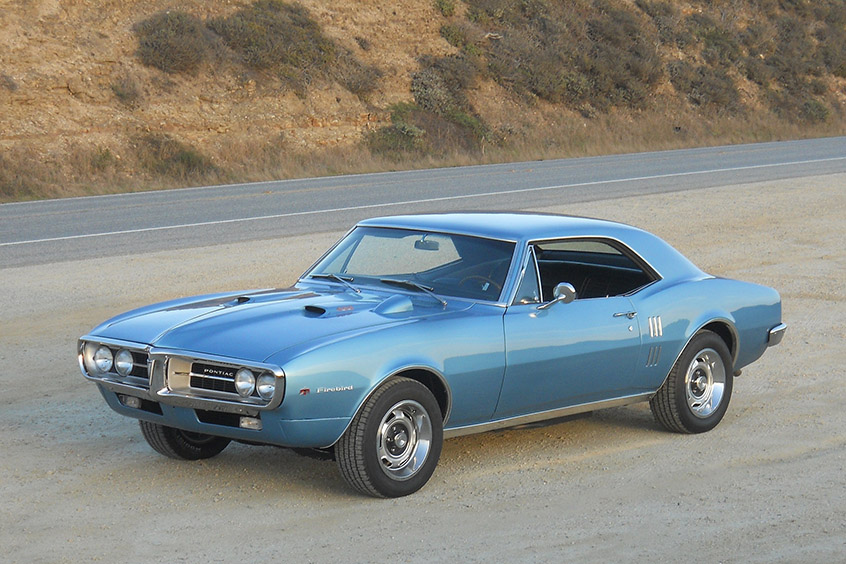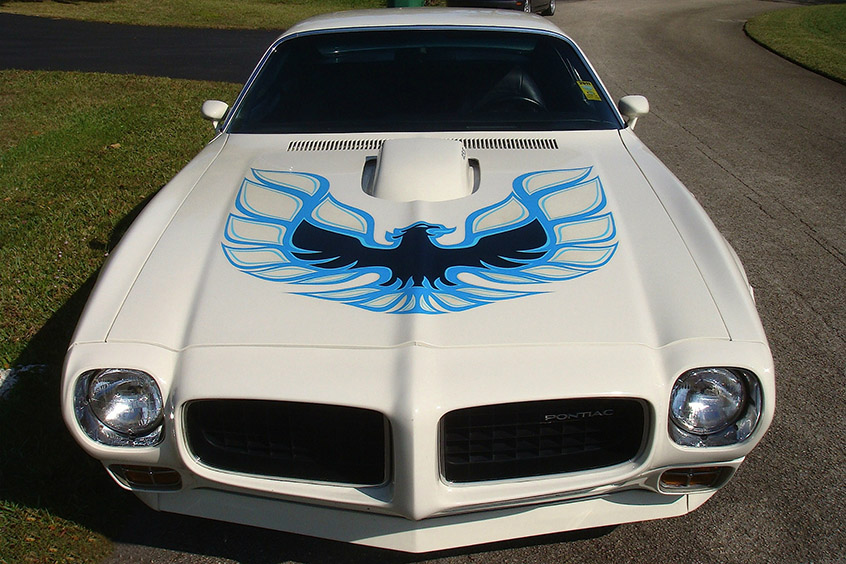The Trans Am is practically rock ’n roll on wheels. Seriously. A casual Internet search will give you more than 30 songs that reference the Pontiac.
But the car wasn’t always a standard in every gearhead’s fantasy garage. In fact, it took about 10 years—and a few stall outs— to become the cult classic we recognize today.
To understand the ’77 Trans Am, we have to start with the pony car craze. Ford rocked the auto industry when it introduced the Mustang at the 1964 New York World’s Fair. It was the first pony car—affordable, lightweight, powerful, and stylish to boot. The public went wild. In an attempt to match the obsession with this new category, the four major American auto manufacturers scrambled to produce as many pony cars as would compete. General Motors released both the Chevrolet Camaro and the Pontiac Firebird for the 1967 production year.

Photo Source: Boldride.com
But while the Camaro zipped out of the gate, the Firebird got off to a slower start. In its haste to meet market demand, GM gave Pontiac the same F-Body platform and most of the sheetmetal used for the Camaro. The split front grille and beaked hood helped to set the Firebird apart, but the defining characteristic was under the hood. Pontiac built its own engines for the Firebird—they weren’t shared with the Camaro—and most Pontiac buyers opted for V8 power. Pontiac V8s were of the old-school, overhead valve design, and when compared to the Chevy small-block V8 that powered the Camaro, they offered poor torque and a reluctance to rev.
With pony car madness only growing in the ‘60s and ‘70s, Pontiac would get a few more chances to get the Firebird right. The first came in 1969 with a new Firebird model inspired by the pony car racing series, the SCCA Trans-Am Series. Pontiac issued a complete redesign and gave the car a name to match: the Firebird Trans Am.
The ’69 Trans Am received a lower suspension, large anti-sway bars, larger tires, and more horsepower with an optional Ram Air III or Ram Air IV 400 V8 engine. And with a dual intake scooped hood, deck spoiler, fender vents, and new paint scheme, the Trans Am had flair to match performance. Still, sales crawled along; only 697 Trans Ams were sold during this first model year.
Things got worse before they got better. Low sales led to talk of canceling production. But radical changes in 1973 including adding the decorative “screaming chicken” and the high-powered 455 Super Duty engine—despite government safety and emissions regulations—sparked new life into the pony car.

Photo Source: Boldride.com
The crescendo happened four years later, when Pontiac released the ’77 Trans Am Special Edition, the black machine emblazoned with the gold bird that became an auto icon. The new Batmobile-style front end with square headlamps amplified the Trans Am’s look and set it apart from the Chevy Camaro. Engine updates included the 185-horsepower Oldsmobile 6.6-liter 403-cubic-inch V8, or the 200-horsepower Pontiac 400 V8. Both were covered by a redesigned shaker hood.
But what really cemented the Trans Am as the car of the 1970s was the box office hit Smokey and the Bandit. In his directional debut, stuntman Hal Needham chose the ’77 Trans Am as the Bandit’s car, and on-screen antics from Burt Reynolds, Jackie Gleason, Sally Field, and Jerry Reed catapulted the slick machine to legendary status.
Sales climbed in 1977 before peaking in 1978. But after the flash of the Hollywood influence, sales dropped off. The Trans Am’s performance standards weren’t able to keep it elevated: a quarter-mile run for many late ‘70s Trans Ams took about 15 and half to 17 seconds, depending on performance options. In the 1981 model year, Pontiac sold just 38 percent of 1978 sales.
Still, the Firebird Trans Am remains a cult classic today (remember when Adam Sandler stepped out of one in Billy Madison?) A 1977 Trans Am used to promote Smokey and the Bandit went for $550,000 at an auction back in January, and the ’77 Trans Am remains a prize to enthusiasts across the spectrum. Late ‘70s models can go for around $8,000 for a project car. But the real deal—black interior, four-speed, the 200-hp 400, CB radio—can go for upwards of $40,000. A guy can dream, can’t he?
- Valvoline does not guarantee, approve or endorse the content available on linked sites.


Don't miss out on new content
Thanks for signing up. Set your password and start earning reward points for everything you do on the site.
You already have a Team Valvoline account. Sign in here.
Did you forget your password?